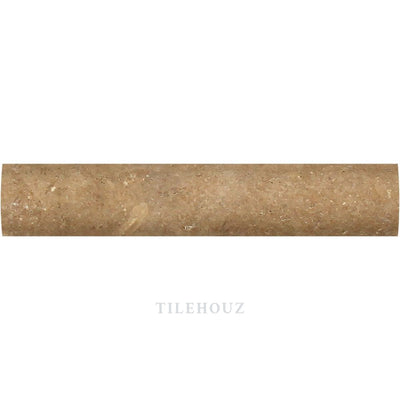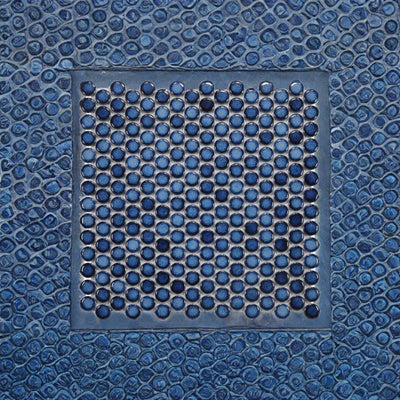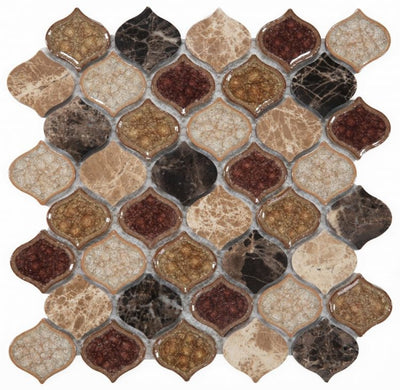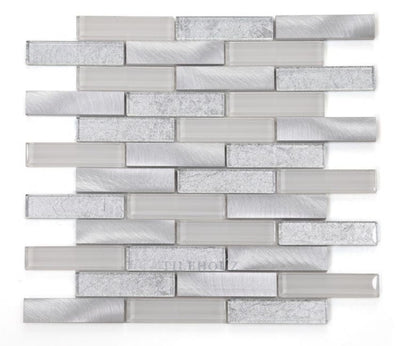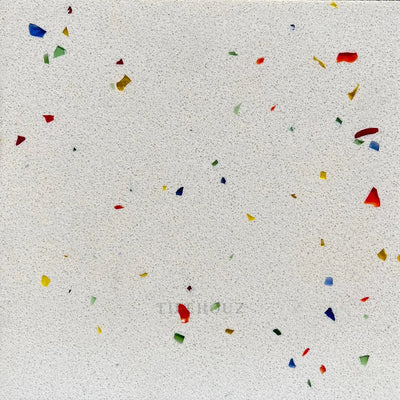Italian Carrara Marble
Carrara marble is a type of white or blue-grey marble that is quarried in the city of Carrara located in the northernmost tip of modern-day Tuscany, Italy. It has been used since the time of Ancient Rome, and is one of the most prestigious marbles in the world.
Known for its exceptional quality and striking whiteness, Carrara marble is frequently veined with grey, imbuing it with an elegant and refined appearance. This makes it a popular choice for a variety of applications, including sculpture, building decor, and architectural features. Some of the world's most famous sculptures, including Michelangelo's "David", were carved from Carrara marble.
In terms of geological composition, Carrara marble is a type of metamorphic rock formed from limestone subjected to high pressure and temperature conditions deep within the earth. Over millions of years, this process recrystallizes the limestone into marble, a denser and more durable material.
Carrara marble's beauty and durability continue to make it a highly sought-after material in the world of design and architecture. However, like all marble, it requires careful handling and maintenance to preserve its pristine appearance. It is also a finite resource, making sustainable and responsible quarrying practices crucial to its long-term availability.
Known for its exceptional quality and striking whiteness, Carrara marble is frequently veined with grey, imbuing it with an elegant and refined appearance. This makes it a popular choice for a variety of applications, including sculpture, building decor, and architectural features. Some of the world's most famous sculptures, including Michelangelo's "David", were carved from Carrara marble.
In terms of geological composition, Carrara marble is a type of metamorphic rock formed from limestone subjected to high pressure and temperature conditions deep within the earth. Over millions of years, this process recrystallizes the limestone into marble, a denser and more durable material.
Carrara marble's beauty and durability continue to make it a highly sought-after material in the world of design and architecture. However, like all marble, it requires careful handling and maintenance to preserve its pristine appearance. It is also a finite resource, making sustainable and responsible quarrying practices crucial to its long-term availability.

